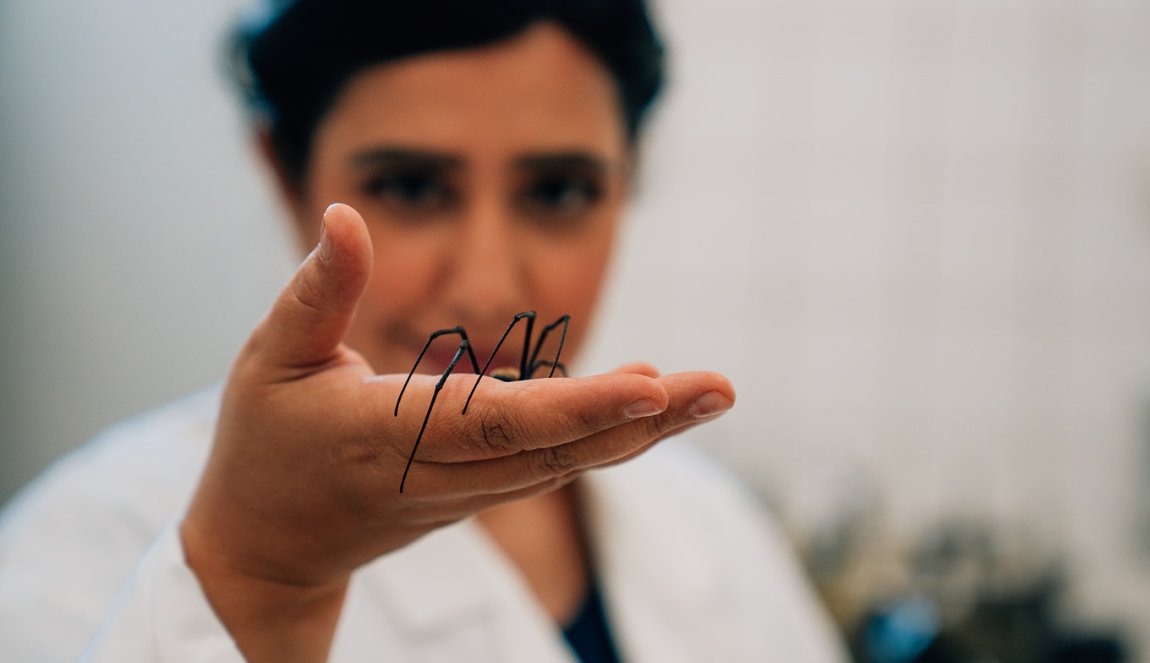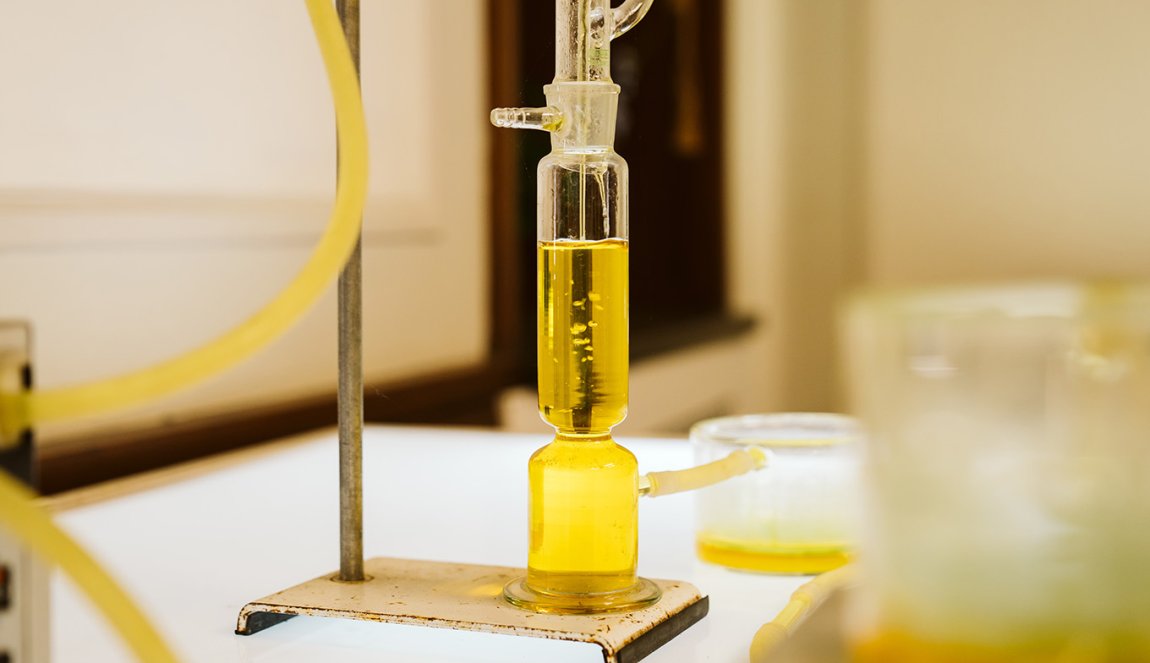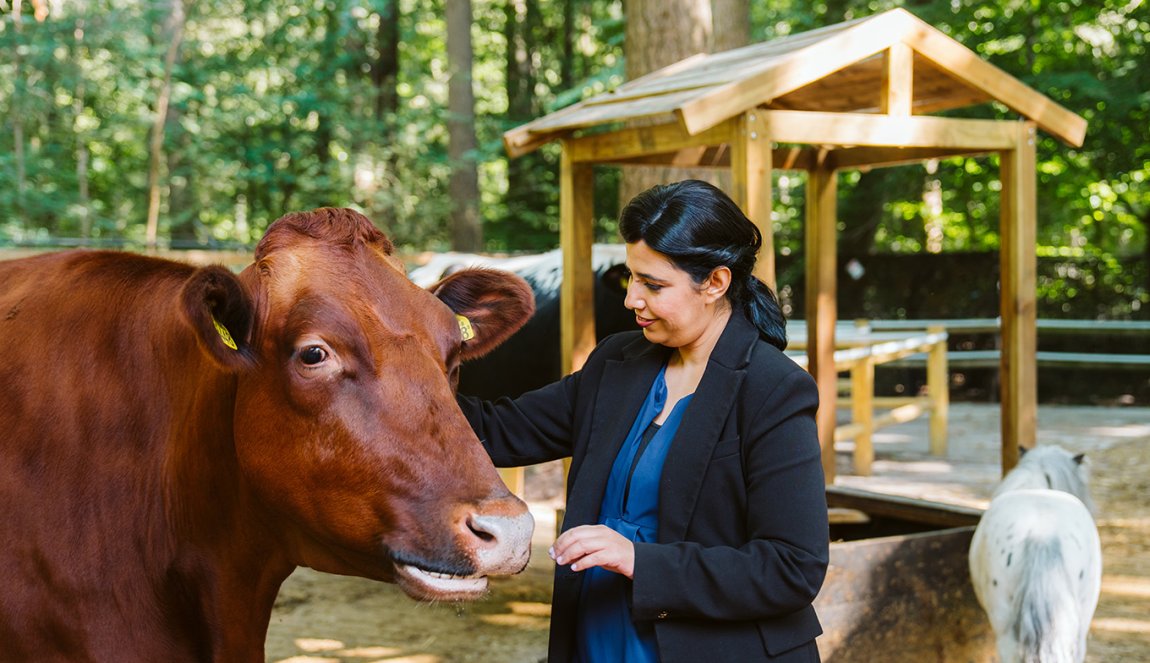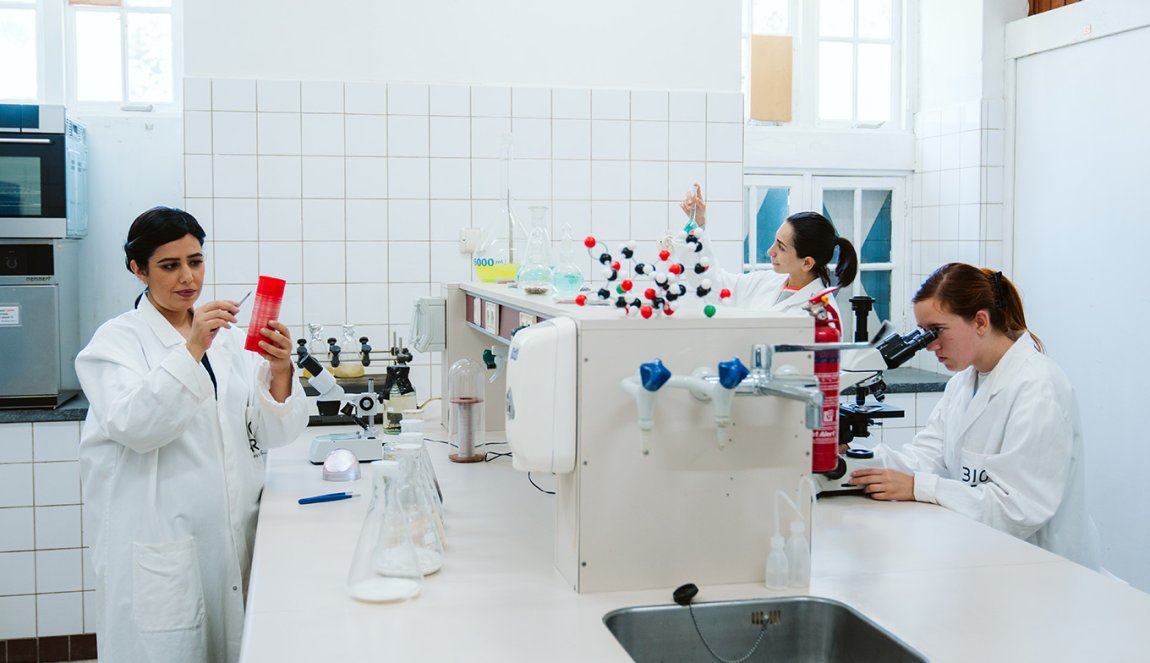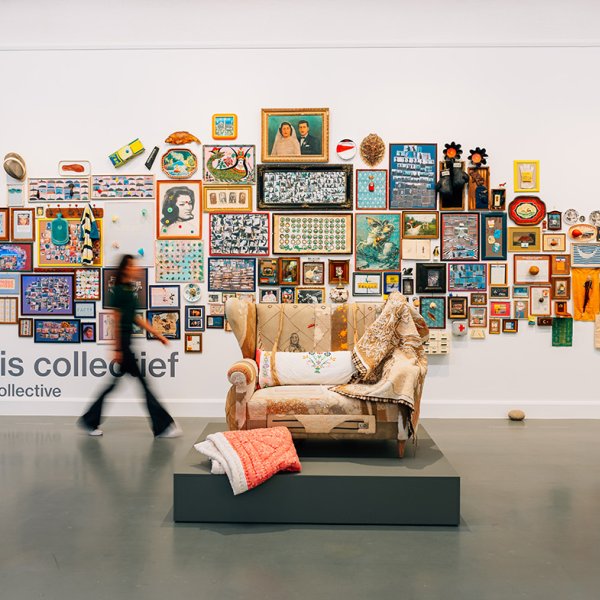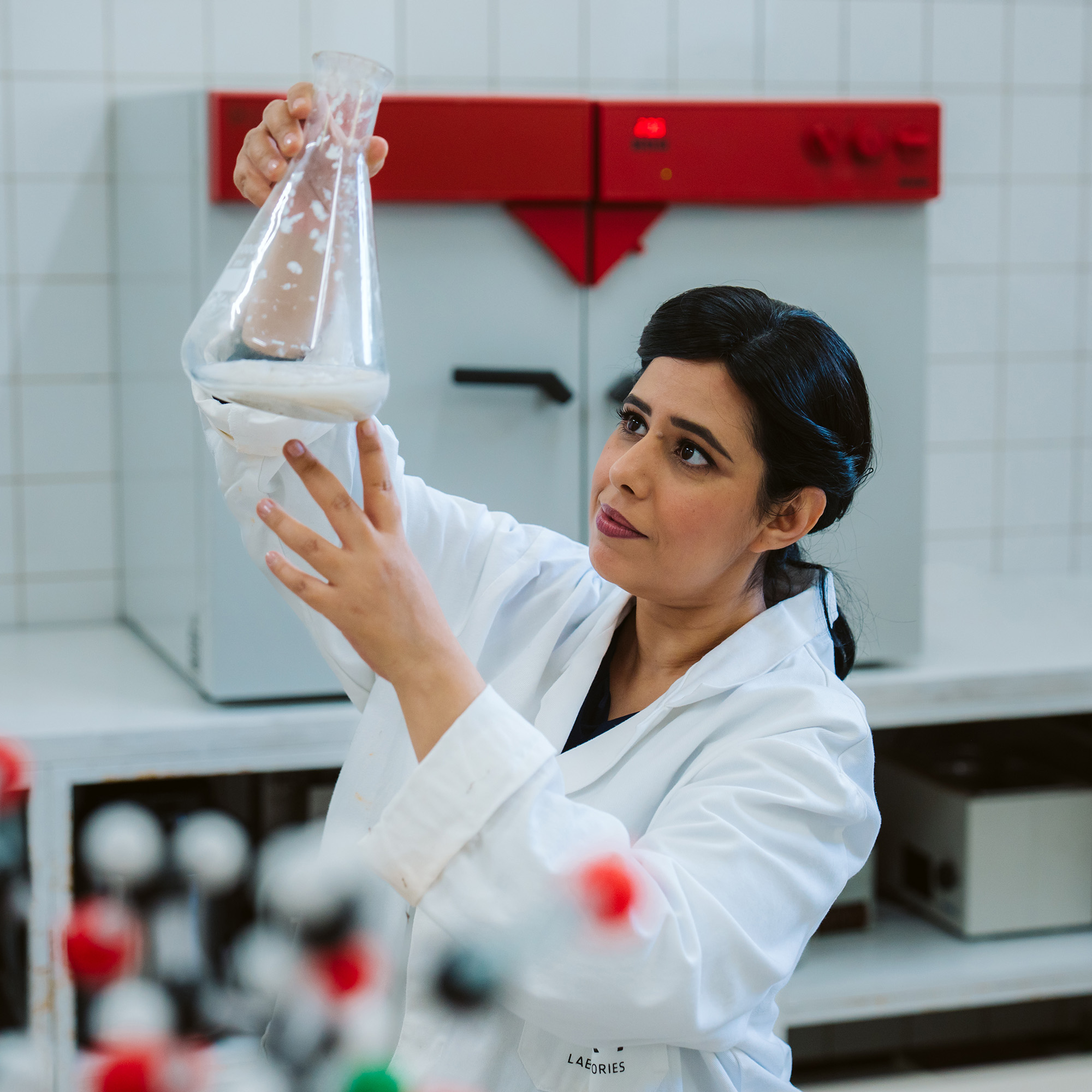
Jalila Essaïdi
Jalila Essaidi seeks bold, innovative solutions with her futuristic bio-design
In 2011, Jalila Essaïdi arrived on the world stage with a bang. Combining art and bioscience, she created ‘bulletproof skin’, an (art) work that continues to capture the world’s imagination. Essaïdi succeeded in making human skin partly bulletproof by incorporating elements of spider silk.
Bring yourself, Jalila will do the same
International attention
“It is not just about new materials. Innovation is about looking at the full picture, all of the systems and connections.”
From bulletproof skin to clothing made of manure
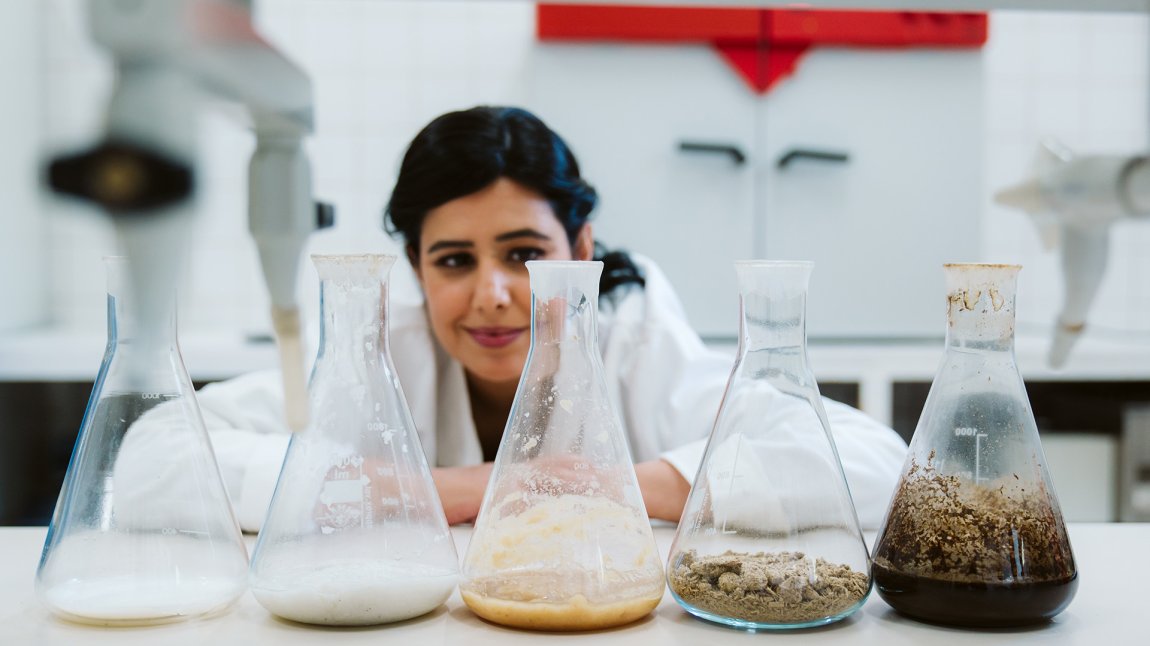
© Bring yourself / NBTC
In search of systemic change
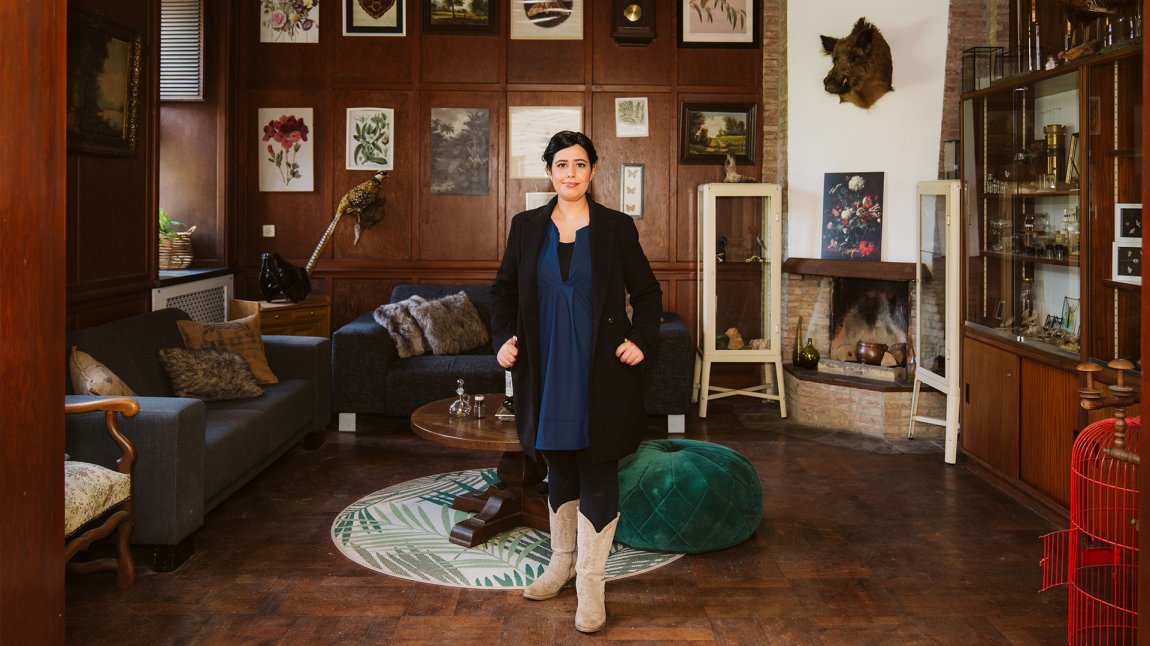
© Bring yourself / NBTC
